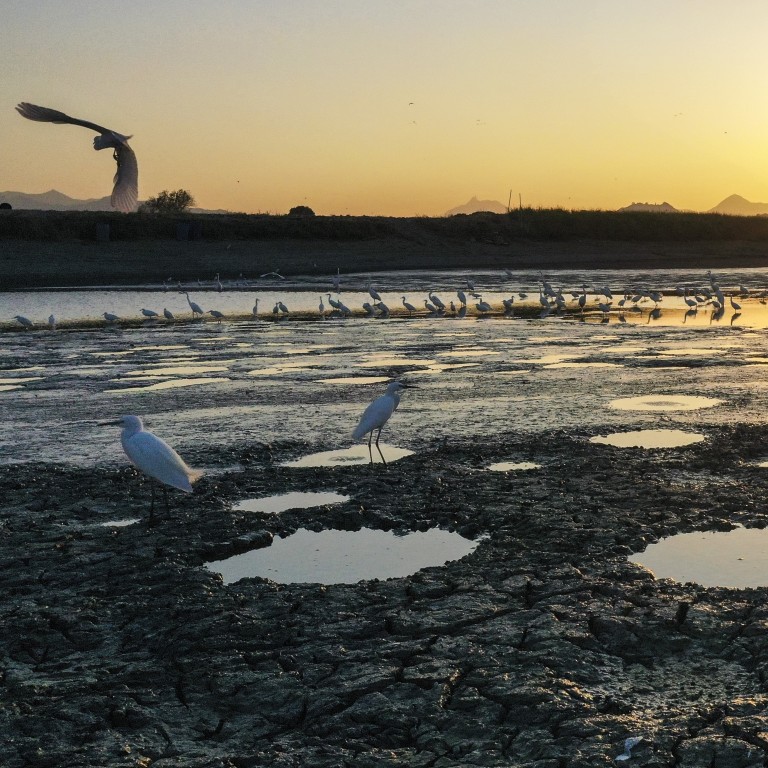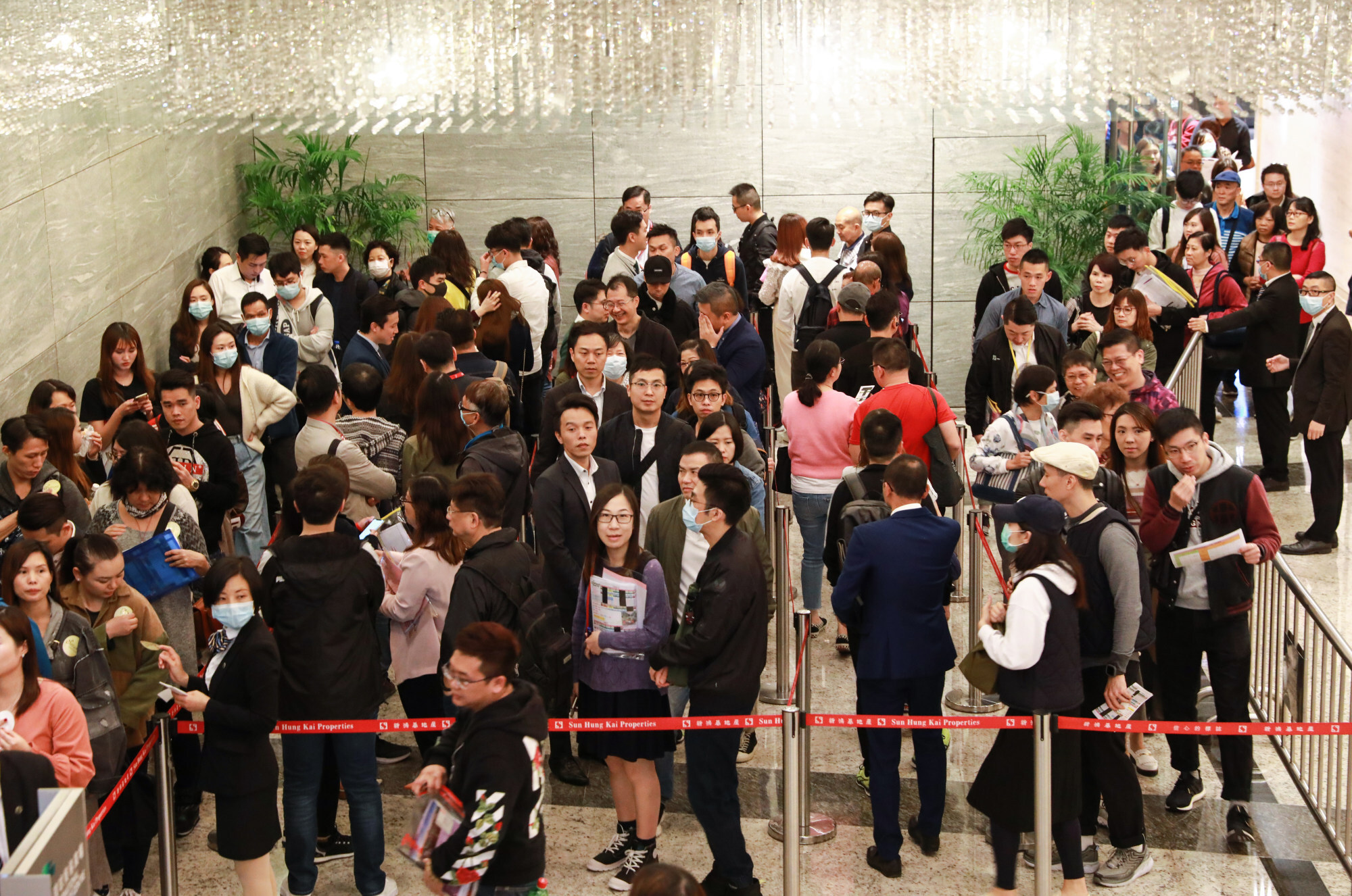
Sun Hung Kai and think tank call for the increase of plot ratio in wetland buffer to increase land supply for affordable homes
- Building density in the Wetland Buffer Zone could be higher to accommodate medium-height apartment buildings, said SHKP’s planning director
- The Our Hong Kong Foundation also supports a review of the planning regulations for the city’s wetlands, as they were first drafted in 1997
Hong Kong’s largest developer by capitalisation and a prominent think tank are urging the local government to allow areas with low ecological value within the city’s wetlands buffer area to be developed into higher-density housing projects to alleviate housing shortage.
Building density in the Wetland Buffer Zone, a strip of land measuring about 1,200 hectares (2,965 acres) about 500 metres away from the Deep Bay Wetland Conservation Area in the northwestern corner of Hong Kong’s New Territories near the border with Shenzhen, could be higher to accommodate medium-height apartments of about 15 stories, said Sun Hung Kai Properties (SHKP)’s planning and development project director Spencer Lu.
The current plot ratio – the total built-up area of a development divided by the total site area – in the buffer zone is between 0.2 and 0.4 times, which limits the versatility of the land in the area, forcing developers to build million-dollar villas such as the Palm Springs development to remain profitable.
“Development versus conservation is not a zero-sum game,” said Robert Chan, executive director of Sun Hung Kai Real Estate Agency, a unit of the developer, citing the firm’s latest housing project in the buffer area of Tin Shui Wai as the benchmark of property development integrated in nature conservation.

“The government should review the planning as there has been lots of changes in the last two decades” since the plot ratio regulations were drafted in 1997, said the foundation’s senior researcher Ryan Ip.
SHKP’s Wetland Seasons Park, located just next to the city’s wetlands, is being offered as an example of development integrated into conservation, Chan said.

The 20 apartment buildings in the project are each limited to 10 stories in height. Up to 35 per cent of the site is reserved for landscaping, involving the planting of 1,300 trees of 48 different species and 150,000 shrubs of 200 species. The developer erected a six-metre noise barrier and halted construction for six months during winter to avoid disturbing the flocks of herons, egrets and migratory birds nesting in the park.
“The project took about seven years to complete, compared with four to five years for ordinary residential developments,” Chan said. “Construction cost was about 10 per cent higher than normal developments, but it was worth it.”
SHKP sold 1,670 apartments at Wetland Seasons Park alone as of December, for a total sales revenue of nearly HK$11 billion (US$1.42 billion), compared with the HK$2 billion it paid the government in 2014 for buying the land at Tin Shui Wai, according to data by Dataelements. The project at Lot 33 has not been released for sale.

The momentum is moving in the developers’ direction. More than 40 per cent of the buffer zone, or about 513 hectares, fall within the land-use zone that allow residential development to be erected, Hong Kong’s Secretary for Development Michael Wong said last month in the city’s legislature. The government would review the planning guidelines related to the buffer area “on the premise of balancing the needs for conservation and increase of housing land supply,” he said.
MTR Corporation, the city’s subway operator and a major land owner, has obtained the go-ahead to proceed with its development and design of the Northern Link, with three proposed stations at Ngau Tam Mei, San Tin and Kwu Tung close to the buffer area.
Still, the higher density with the proposed Northern Link could pose potential threat to the fragile ecology of the buffer area, said Roy Ng Hei-man, campaign manager for the Conservancy Association, Hong Kong’s largest environmental advocacy group.
“The purpose of the Wetland Buffer Area is to safeguard the core reserve area,” Ng said. “We are worried about the multiple impact on the conservation area as more property and infrastructure developments arise in the sensitive area. More importantly, the impact may not be seen until many years from now.”

